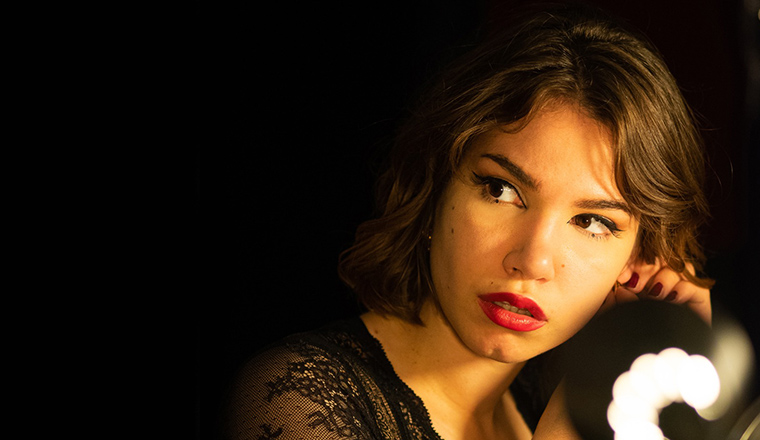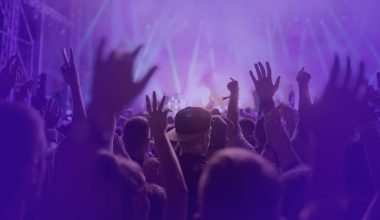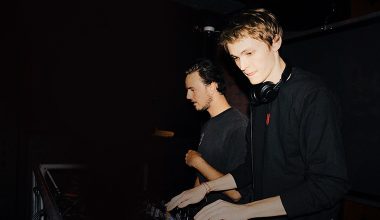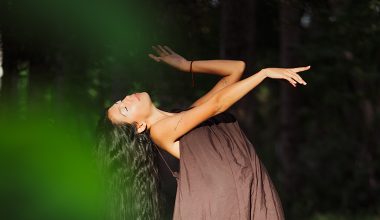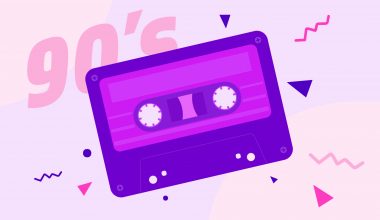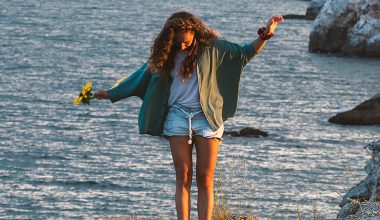A product designer by day and a dance aficionado by heart, Tina Bezić has been part of the art world since a young age. From drawing and painting to “casually pretending to be a photographer”, as she would describe it, Tina has done it all. She is now putting this talent into supporting her House of Flamingo family, a Drag Queer collective in Zagreb, Croatia. Tina is very much inspired by movement and she is radiating this energetic feeling in our talk.
What is dancing to you in one sentence?
Dancing is the best way to unleash and express feelings.
When did you first start dancing?
I started dancing as a kid, but I come from a small town in Croatia and I never had the opportunity to go to a proper dance school.
When I was twelve years old, my school was part of the UNESCO program, so there was this art teacher from Vienna that came to our school a couple of times. He was teaching us hip hop, and I really loved it. I was trying hard to be the best.
When I went to University in Zagreb, I bumped into a video from an underground-style school called Funkadelik founded by Vesna G. She is an expert in locking and popping and considered to be a real badass dancer in Croatia, so I started going to her classes and to lessons with house and hip hop music. I was doing everything.
It was pretty difficult at the beginning. The tempo was super hard for me and I couldn’t follow. It took me a lot of time to catch up. I was always taking videos of Vesna G, then going home and practicing till the morning.
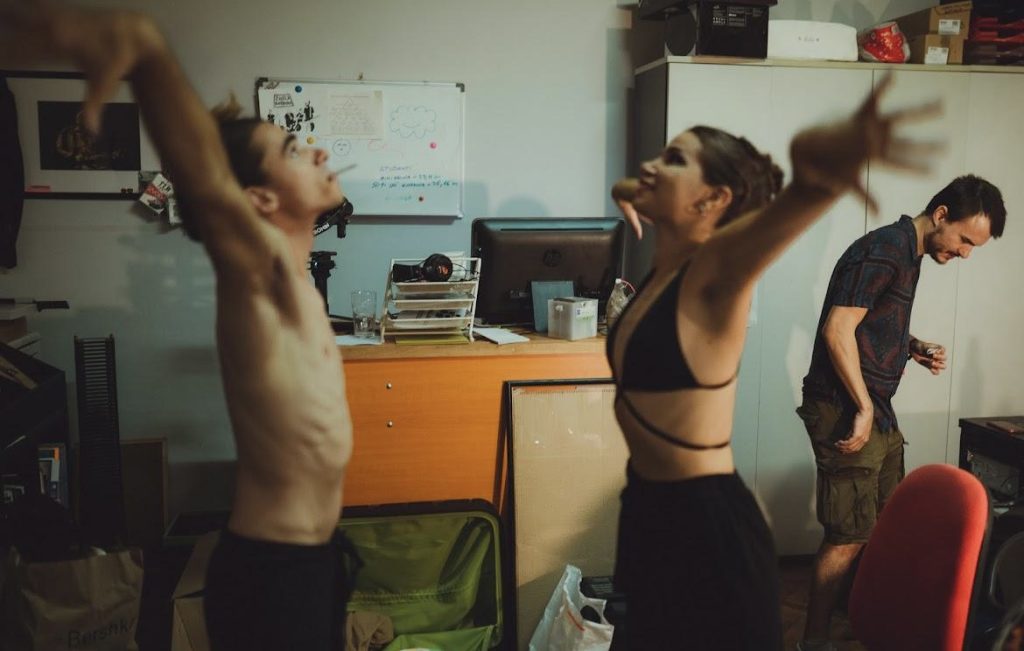
At that time I also started finding out about underground clubs. Although I already liked underground music, it was then when I started finding out about underground clubs and meeting more DJs and people from the music industry. One of my first teachers, the one that taught me House dancing, became one of my best friends over the years. She’s still my dance teacher and she’s also part of House of Flamingo. I actually met the collective through her.
Does your favorite dance move have a name? If not, then how would you name it?
Personally, I’m not a big fan of choreography. I prefer freestyle in dance. Maybe it’s because I didn’t go to dancing schools where they teach you choreography and steps that you need to remember. I rather like to listen to music and explore it. Just do stuff that comes to me, stuff that I want to do. That’s why my favorite dance move is the jack, a freestyle move that looks like rippling the torso back and forth in an undulating or whatever motion you feel it, like this… [starts making waves with her body].
Jacking is the move that everything comes from. It’s like a wave in your body. It is what brings you to dance and to steps. When you’re at the party everybody’s doing the jack, but they do it in their own way. Everything in house dance was born from the jack.
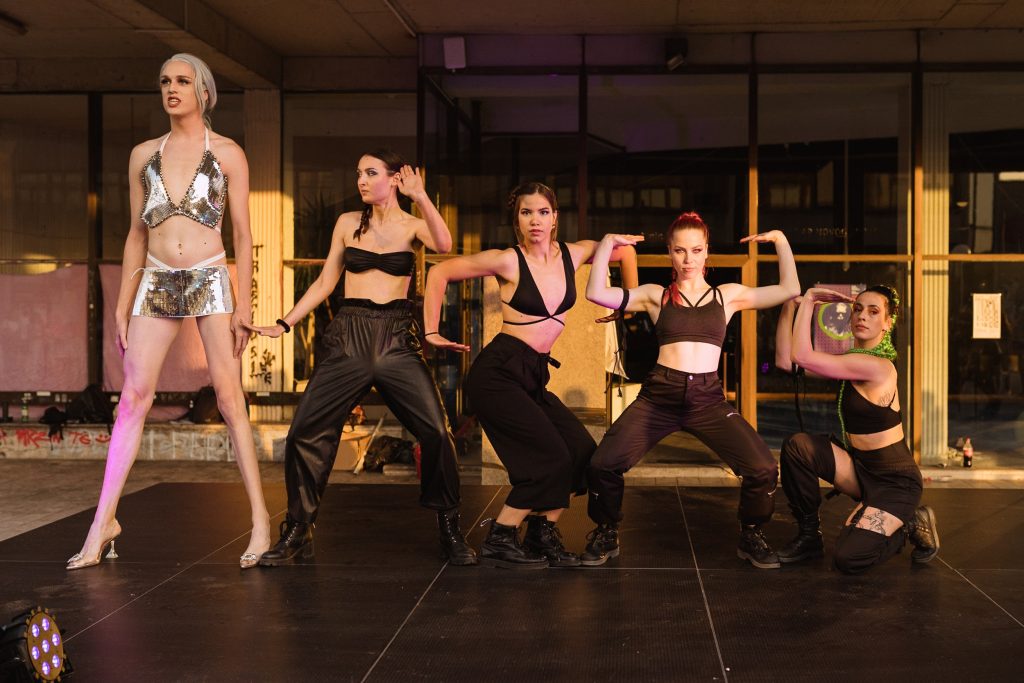
You are part of House of Flamingo, a Drag Queer Collective based in Croatia. Tell us more about what you do.
The House of Flamingo collective is kind of the only people that are fighting for LGTBQ+ rights in the country in an event-type of way. I think this is the only event where gays in Croatia can come, dance, and do whatever they want without having anyone judging them.
I believe it was the beginning of 2019 when we first performed together. We met at dance classes held by our mutual friend Mateja Mikovic. It was rather a love-hate relationship at first. Now it’s like a family where we are all sisters. Before I met them, I was more of a person that’s always alone and had a couple of close friends I hung out with. After that, it was totally the opposite because the collective is more than 20 people and to become part of that is really beautiful.
Before the COVID situation, every time we were together, we would do something creative. We would think about the new show, dance, practice, or brainstorm. Everything was revolving around the shows.
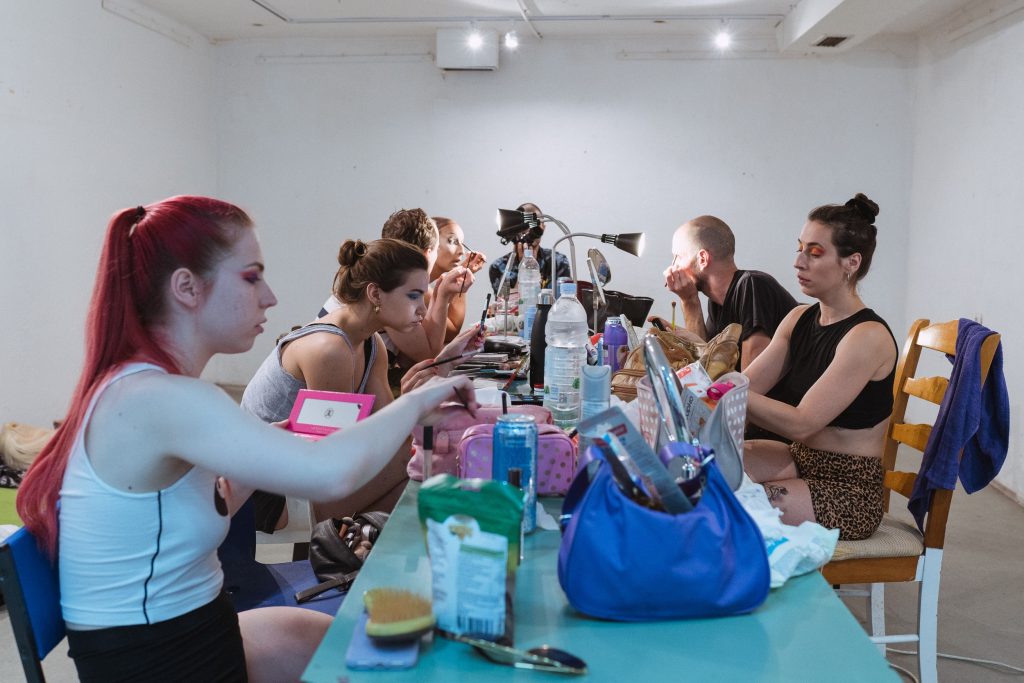
House of Flamingo does three types of shows. One is called Fanny Pack and it’s for Pride Month. There’s another one called S.R.C.E. (“heart” in Croatian), which is for Valentine’s Day and we do choreographies in couples. Both of these have a commercial vibe.
The third show is my favorite one, however. It’s called Dragram and it is more artistic. The best show they had was called Boudoir. I was also part of it. All parts of the show were connected in one story. It was well built, creative, and more serious than the other two.
For that show, we always host some guests. In 2019 we had guests like Betsy Rose, who is the biggest burlesque dancer from the UK. The show was crazy, the audience was even crazier and the costumes we had were very nice. The whole crew put a lot of effort into it, so I think that’s the best and my favorite show.
Tell us about an event that changed your life.
My student exchange to Barcelona changed my life because there, I met artists that I am still influenced by. One of them is Herman Kolgen. He’s a Canadian audio-visual artist and he had this show about trains, together with a drum ensemble that was playing music at Mutek Festival in a theater in Barcelona. After the exhibition, he had this private presentation where you could show up and talk to him, and that was the best thing ever. He talked about the concepts thoroughly. You could ask him questions. And I was like, “Wow, man. I love you.” [looks at the ceiling with dreamy eyes].
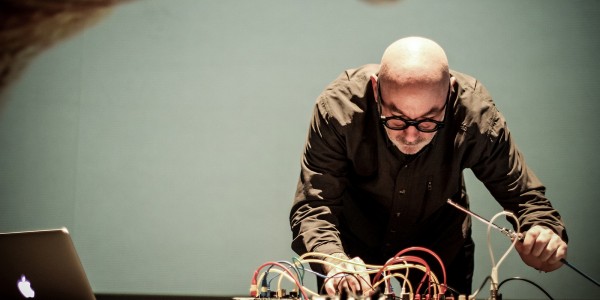
I’m inspired by the way that he looks at the world. Herman was previously an engineer and a good photographer. So having him explain to me what his work is about and how he sees the world was mind-blowing.
For example, he did this one project where he put a boy with makeup on for one month in a pool, and he was taking videos of that every day. You could see in the video how his skin changes, and it gets deformed. He was still going out to pee and to eat, but he would always come back to the pool after that. So that’s something that I got inspired by.
He always presents in a way that the audience feels a bit uncomfortable and as if the whole audience was in the pool with the boy. Herman wanted to make you feel a bit scared about what’s going to happen. There were these very strong sounds. I’ve never seen anything like it.
An event that had a great impact on my dance was Eleganza Waacking Festival in Milan, where I met all these Waacking dancers and even the people who invented Waacking. This is a dance from Los Angeles in the 70s. And some of these people are still alive. Having the OGs teach you and all these people being connected was really beautiful. I got inspired, and after that, I started training a lot more and exploring myself and music in a different way.
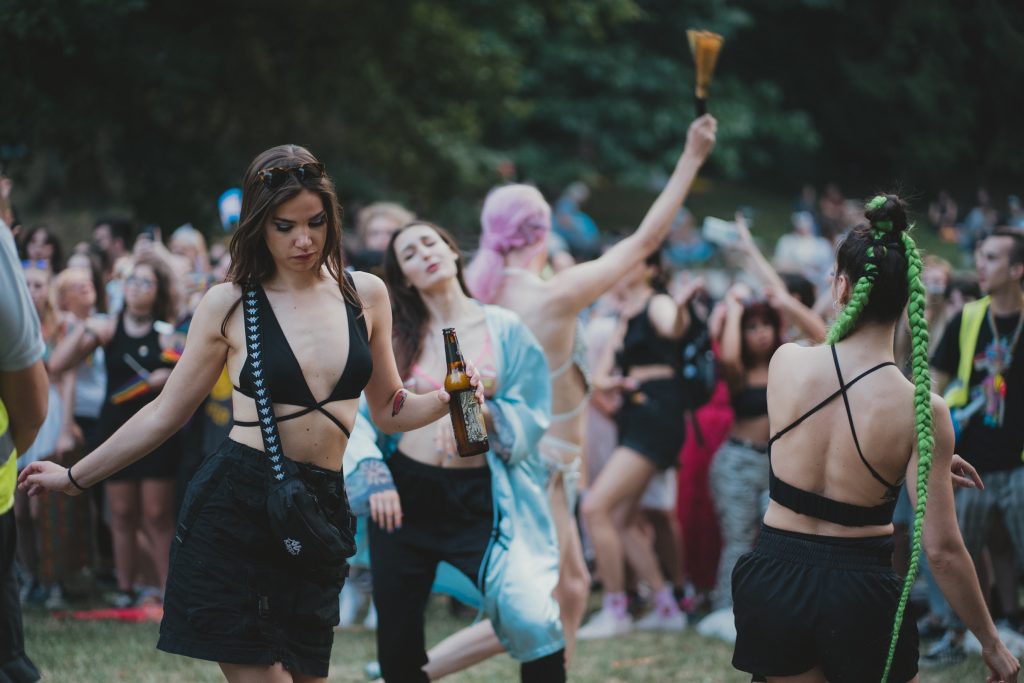
Tell us about an embarrassing moment you’ve experienced on stage.
I don’t have embarrassing moments because I know that even professionals and teachers sometimes screw up. So if you have someone in the group that isn’t the best dancer then you know they’re definitely going to screw up, so even if you do something wrong, it doesn’t even matter. It’s all part of the show.
Watching a screen up of the show is interesting. Sometimes you see yourself messing up some move, doing something else, and it turns out even more interesting than what was intended. People don’t know how the choreography is supposed to look, so you might make it even better.
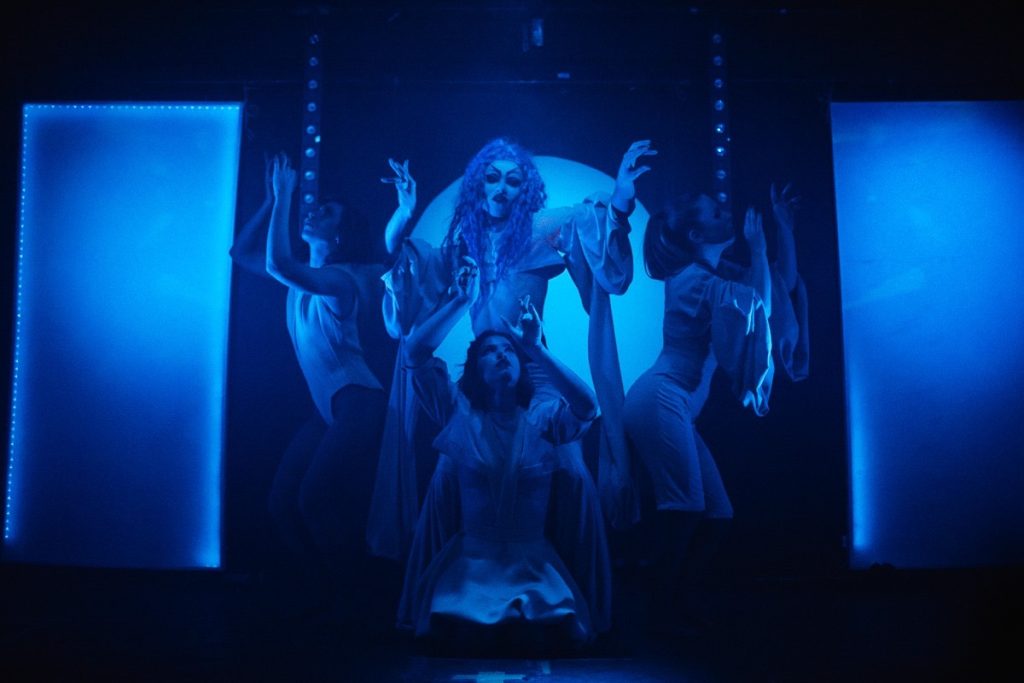
We met during ADE, and you were going to a party in Paradiso by yourself. How was that as an experience?
I love live electronic music and sometimes I like to be alone at parties because I like to close myself off and just travel with the music. However, even when I’m alone people still come to talk to me, but I just say, “Sorry, I want to dance.”
At the party in Paradiso, five producers were playing live at the same and there were two older guys in the crowd that were watching me. They were telling me all the time, “Oh, it’s so nice watching you. We can’t even dance because we’re just watching you the entire time.” They were just sitting on their chairs and were looking at me as if I was the show.
Exploration and inspiration often make shared experiences feel so paranormal and magical, especially when there is this “Wow” moment involved. Such stories are what drive many artists, performers, event organizers, and us to keep doing what we do best – Expanding Human Connection. Share yours with the world.
How to do that?
Follow one of our social media accounts (Facebook, Instagram, Twitter, or Linkedin) and send us a DM with an answer to the following: “Tell us about an event that changed your life.”
Before that don’t miss reading our previous interview The Story After: Victor Valora
